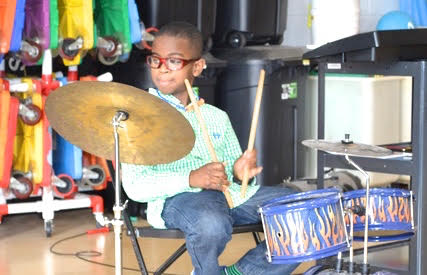Christopher Morgan, 9 years old, has no sight in one eye, and limited vision in the other.
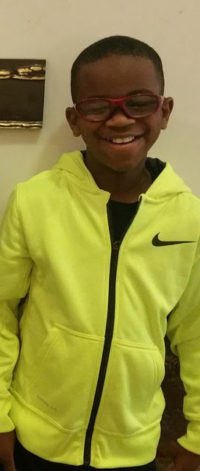
The Douglasville youngster was born with a condition that caused his right eye not to develop at all, and he wears a prosthesis in its place, says his mother, Tee Morgan. The left eye was underdeveloped at birth.
“He has very minimal vision in the left eye now,” says Morgan. And she notes that it’s gotten considerably worse.
“The most difficult thing for me as a mom is to prepare Christopher for life as a blind person in a sighted world,” says Morgan.
“He needs to know he won’t be treated special because of his lack of vision,’’ she says. As parents, Morgan and her husband remind Christopher that “he will be judged and measured by the same criteria that the rest of the world is measured by.”
The American Foundation for the Blind says there are 2,424 children under age 5 with some vision loss in Georgia. And there are 16,675 children from 5 through 17 years in the same situation.
Hundreds of the parents of these young Georgians have turned to the Center for the Visually Impaired, an Atlanta nonprofit that helps children and adults adjust to — or improve — a life with limited or no sight.
One program the center has pursued involves art and a famous Atlanta museum. And it has helped Christopher and many other kids.
Training the senses
When the High Museum of Art became interested in working with the Center for the Visually Impaired, it appeared to be an unusual alliance, to say the least. Most of us think of art as a visual experience, and some of those involved with the center had never experienced sight at all.
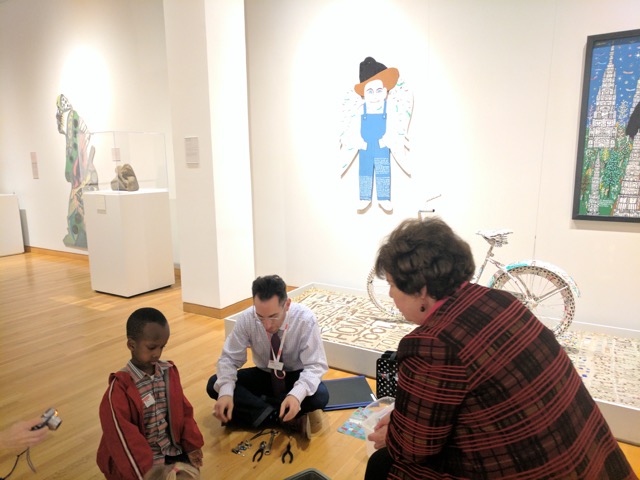
But art is about more than seeing. It’s about using the senses to understand and improve our lives.
The High’s Education Department has worked closely to create tours and workshops for a number of students with disabilities — including those with blindness.
This past school year, the High Museum team piloted two Friday night tours and workshops as part of the center’s STARS school programs. (STARS stands for Social, Therapeutic, Academic and Recreational Services.)
Christopher joined his classmates for the encounter and gained from being there, Tee Morgan says. Families and their children discovered the fun of a guided tactile tour, in which the youngsters experienced the physical world through their sense of touch.
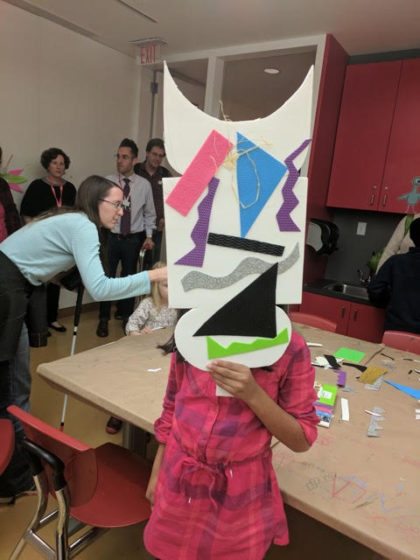
In addition, a 45-minute interactive art-making workshop with special art materials and supplies delighted many of the children, Morgan says. Their visit included learning about objects and books.
Lara Tillery of Atlanta’s Center for the Visually Impaired says, “For many of these children, it’s like looking through a kaleidoscope.” These children, she says, can see “blobs of color or light in some cases, but they can’t quite make out the image.”
Some of the Georgia children have had central nervous system injuries, which is the leading cause of visual impairment in children in Western industrialized countries, including the United States.
It’s known as cortical, or cerebral, visual impairment (CVI for short). With CVI, the pathways within the brain have been damaged or otherwise compromised.
CVI problems may stem from stroke, decreased blood supply, decreased oxygenation, brain malformation or infection, hydrocephalus (increased pressure in the brain), according to the American Association for Pediatric Ophthalmology and Strabismus.
Other causes may be seizures, metabolic disease, infection, head trauma and other neurologic or brain disorders, say pediatric ophthalmology experts.
During the last decade, vision loss caused by damage to the brain rather than by conditions or diseases of the eye has been the focus of increasing attention, especially when related to football injuries and automobile accidents.
Vision loss due to brain damage can affect children and adults, and the complexities involved have been the subject of much discussion and debate. This is especially true throughout the community of professionals who provide vision-related services.
One of the best things about the Center for the Visually Impaired program is “it gives families realistic options, and that is so important,” said Morgan.
Marci Davis, a spokeswoman for the High Museum of Art, says the museum staff is “currently working with behavior specialists to develop social stories and additional inclusive tools specific to our programs that will help prepare families and students for visiting the museum.”
A place of love and learning
Meanwhile, at home, Christopher faces challenges, but he’s in a loving environment.
He has three brothers, one younger and two older, and has strong camaraderie with his siblings, according to his mom.
“My older two boys are fantastic,” said Morgan. “They are very sharing and caring with Christopher. Even Ethan [the younger boy] will take the lead.”
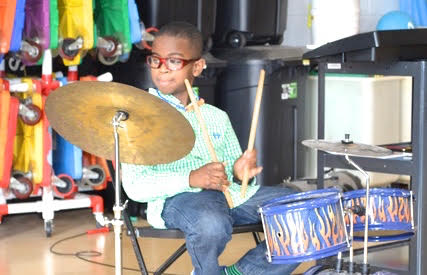
Christopher loves listening to football games on the radio, says Morgan. Radio announcers provide more details about each play than do TV announcers, and that makes the game easier to follow for someone who can’t watch it. (Writers about the golden age of radio in the 1930s and ’40s have noted that audiences sometimes enjoyed these programs more than the later TV versions — because the actors and announcers had their own special way of bringing events to life without visual effects.)
Morgan’s husband, Robert, is an engineer. He has been able to assist Christopher in understanding the “structure” of a game. He describes the football field to his son, even down to how many light posts surround the gridiron.
The family looks at the positive side of everything, says Tee Morgan.
Christopher, she says, “doesn’t get a free pass because he’s blind. I realize he’s going to have more challenges than the average person and he will need to prepare.”
Judi Kanne, a registered nurse and freelance writer, combines her nursing and journalism backgrounds to write about public health. She lives in Atlanta.

